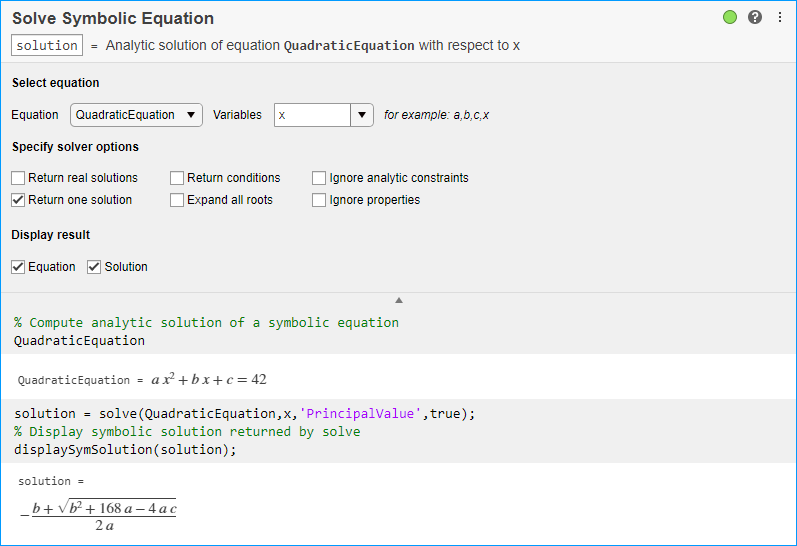

Zygalakis, Data Assimilation, A Mathematical Introduction, Springer, 2015. Vallejo, “Dark breather using symmetric Morse, solvent and external potentials for DNA breathing,” Eclética Química Journal, vol. Tsironis, ‘Long-lived discrete breathers in free-standing graphene,” Chaos, Solitons & Fractals, vol. Kibler, “Observation of a group of dark rogue waves in a telecommunication optical fiber,” Physical Review A, vol. Mandal, “Quantum Breathers in Nonlinear Metamaterials,” Advanced Nanomaterials and Nanotechnology, p. Kevrekidis, “Dark lattice solitons in one-dimensional waveguide arrays with defocusing saturable nonlinearity and alternating couplings,” The European Physical Journal D, vol. Kalinikos, “Formation of random dark envelope solitons from incoherent waves,” Phys. Frantzeskakis, “Dark solitons in atomic Bose–Einstein condensates: from theory to experiments,” Journal of Physics A: Mathematical and Theoretical, vol.

Kevrekidis, “Experimental observation of oscillating and interacting matter wave dark solitons,” Phys. Akhmediev, “experimental observation of dark solitons on the surface of water,” Phys. Sievers, “Colloquium: Nonlinear energy localization and its manipulation in micromechanical oscillator arrays,” Reviews of Modern Physics, vol. Oberthaler, “Dynamics of Bose-Einstein condensates in optical lattices,” Reviews of modern physics, vol. Silberberg, “Discrete solitons in optics,” Physics Reports, vol. Gorbach, “Discrete breathers - Advances in theory and applications,” Physics Reports, vol. Jin, “Anomalous wave reflection at the interface of two strongly nonlinear granular media,” Phys. Jin, “Strongly nonlinear waves in a chain of Teflon beads,” Physical Review E, vol. Daraio, “Bifurcation-based acoustic switching and rectification,” Nat. Daraio, “Generation and control of sound bullets with a nonlinear acoustic lens,” Proceedings of the National Academy of Sciences, vol. Hong, “Universal power-law decay of the impulse energy in granular protectors,” Phys. Daraio, “Optimal design of composite granular protectors,” Mechanics of Advanced Materials and Structures, vol. Sen, “Decorated, tapered, and highly nonlinear granular chain,” Phys. Jin, “Energy trapping and shock disintegration in a composite granular medium,” Phys. Willenbring, Trilinos users guide, United States.

#System of equations in matlab function handle software#
Kuznetsov, “MATCONT: a MATLAB package for numerical bifurcation analysis of ODEs,” ACM Transactions on Mathematical Software (TOMS), vol. Doedel, “AUTO: A program for the automatic bifurcation analysis of autonomous systems,” Congr. Doney, “Solitary waves in the granular chain,” Physics Reports, vol. Nesterenko, Dynamics of heterogeneous materials, Springer, 2001. The EF/DDDAS protocols presented here are, therefore, a step toward general-purpose protocols for performing detailed bifurcation analyses directly on laboratory experiments, not only on their mathematical models, but also on measured data. In particular, the focus is on the detection/stability analysis of time-periodic, spatially localized structures referred to as “dark breathers.” Results in this chapter highlight, both experimentally and numerically, that the number of breathers can be controlled by varying the frequency as well as the amplitude of an “out-of-phase” actuation, and that a “snaking” structure in the bifurcation diagram (computed through standard, model-based numerical methods for dynamical systems) is also recovered through the EF/DDDAS methods operating on a black-box simulator. An illustrative example demonstrates the experimental realization of a chain of granular particles (a so-called engineered granular chain). This chapter discusses the development and implementation of algorithms based on Equation-Free/Dynamic Data-Driven Applications Systems (EF/DDDAS) protocols for the computer-assisted study of the bifurcation structure of complex dynamical systems, such as those that arise in biology (neuronal networks, cell populations), multiscale systems in physics, chemistry, and engineering, and system modeling in the social sciences.


 0 kommentar(er)
0 kommentar(er)
